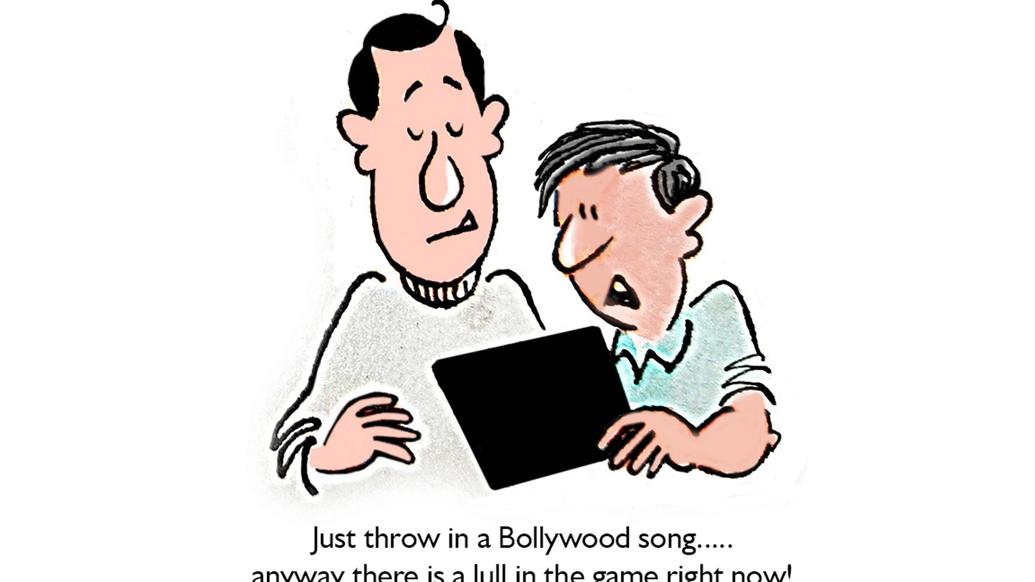
Ever wondered how you get to see so many camera angles of your favourite game? How the broadcast transitions from the live feed at the venue to sponsored ads and back? How the highlight of an exciting moment appears right at the moment you wish it would?
You have a sports producer to thank for that.
A sports producer is tasked with the responsibility to ideate, create, and execute a sports program from start to end.
This includes selecting, editing and condensing all the elements that are to be covered in the program into a seamless show of 30-60 minutes for a non-live show.
For a live event, a sports producer will decide which camera angles to toggle with, what graphics go on the feed when to cut to sponsored breaks, and when to switch between different feeds such as the feed at the venue and feed at the studio.
A sports producer's job starts at the planning stages, where he or she pans out the details of the show.
Among the more critical elements of a sports producer's role during a live event is his or her communication channel with the hosts, announcers or presenters. You may have noticed that nearly every broadcast role from the cameraman to the presenters has a small device tucked into their ear. This channel is ideally kept clear for the sports producer to guide and direct the flow of the program that a viewer will see on his or her screen.
Another critical aspect of a sports producer’s responsibility is to keep the audience engaged. A sports producer must have a keen sense of everything that is going on around a live broadcast to make it as visually engaging as possible. Aspects such as the timeliness and various angles of highlights, shots of the cheering crowds, closeups of top or popular athletes, capturing the raw emotion on an athlete’s face after a successful wicket or goal
A sports producer is, at his or her core, a sports fan. He or she has to possess a deep understanding of the sport that he or she is tasked with producing a show for. He or she should be a quick decision-maker as every second counts on a live broadcast. He or she must be a person who thrives under pressure for extended periods of time. A sports producer never takes a break - his or her ends only once the respective live feed is off the air.
In the case of non-live content, a sports producer has to possess the creative ability to condense several hours of footage and content into a short format show of 30 or 60 minutes. This requires the sports producer to have a keen sense of what is the right mix of content that the channel wishes to show and the interests of the fans watching.
To learn more about sports production, and if you have what it takes to become a sports producer, visit us at Sporjo.com today, and take out SPORPRREP module on sports broadcasting.




